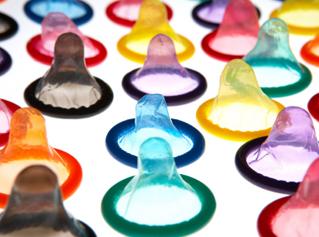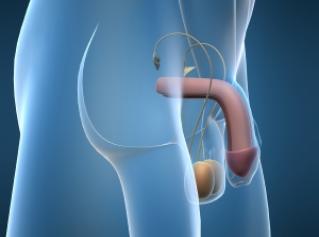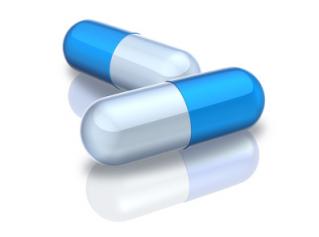Contraceptives, información relacionada
Information about contraceptives
You will find all the information you need to know about contraceptives here. Find out about barrier, hormonal, permanent or emergency contraceptives.

The condom is a rubber sheath that is lubricated, that must be placed when the penis is erect, its function is to prevent the semen coming out of the sheath and coming into contact with the vagina. Thus avoiding an unwanted pregnancy, you can also avoid the risk of getting a sexually transmitted disease.
These non contraceptive methods are designed to try to avoid contact between the egg and sperm but without the aid of hormones or a device.

Through the vasectomy the deferens ducts are cut and tied, this way the sperm cannot move out of the testicles and therefore the man cannot get the woman pregnant. Local anaesthetic is used for the vasectomy operation; the anaesthesia injection is not painful.
The role of emergency contraception is to prevent a pregnancy and not to end a pregnancy that is already in progress as if it were the abortion pill, hence the clear difference between the two. Its aim is to prevent ovulation so that sperm cannot penetrate and make contact with the egg.

The morning after pill is a combined hormone, whose function is to alter the female reproductive cycle, thus preventing a pregnancy from occurring or ending one. It inhibits ovulation therefore prevents fertilization. In the event that the morning after pill fails and there is a pregnancy the embryo is not harmed. La píldora del día después es un combinado de hormonas que tiene como función alterar el ciclo reproductor femenino, impidiendo que si se ha producido un embarazo, éste se lleve a término, inhibiendo la ovulación e impidiendo la fertilización. La píldora del día después debe administrarse en las 72 horas desde el momento del coito de riesgo (es decir, sin ningún tipo de protección). Posteriormente a esta primera dosis, se administra otra a las 12 horas.
Most popular FAQs
Questions by recent users
- What do I have to take with me on the day of surgery?
- Is there anyway I can find out about a previous abortion I have had?
- Please can you contact me to discuss adding our services to your site - see www.nupas.co.uk. We are contracted by 60 CCGs to provide TOPs across the UK, Many thanks
- hello, am not sure but I think I might be pregnant as i had unprotected sex during my fertile days the test says negative but my tummy hasn't stopped hurting
- Is an abortion with pills reversible after the first pill?






